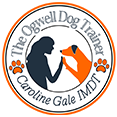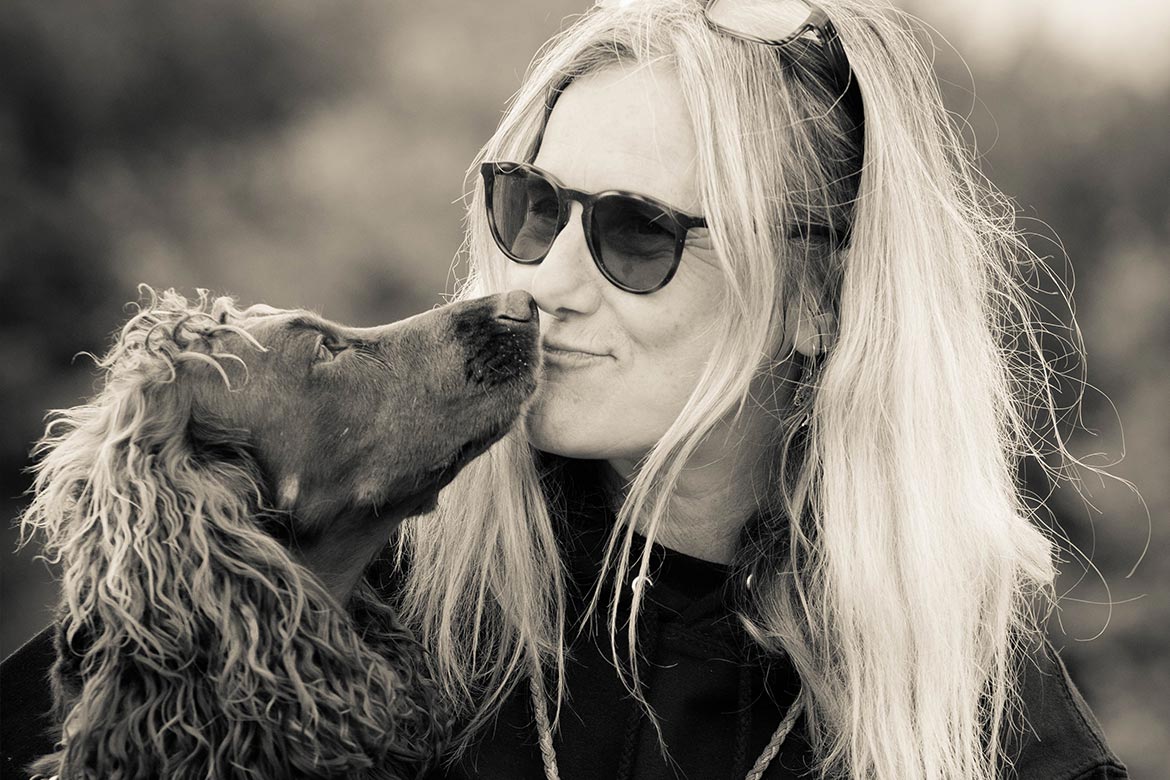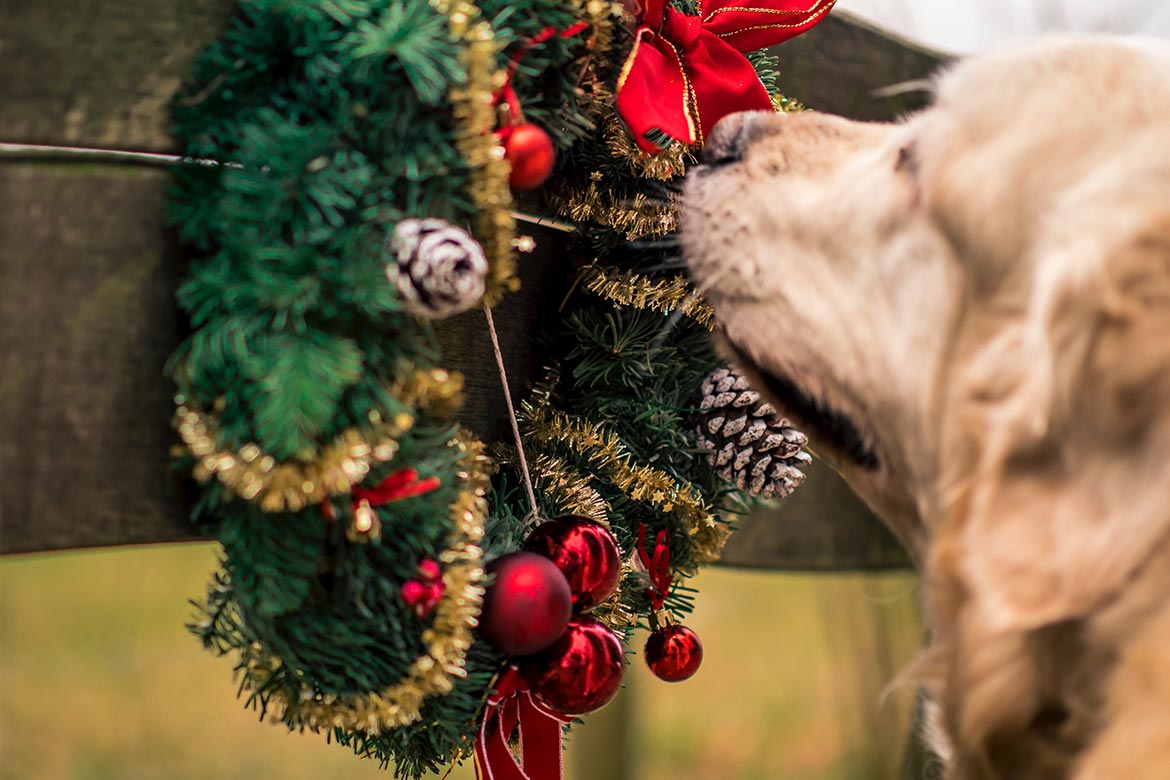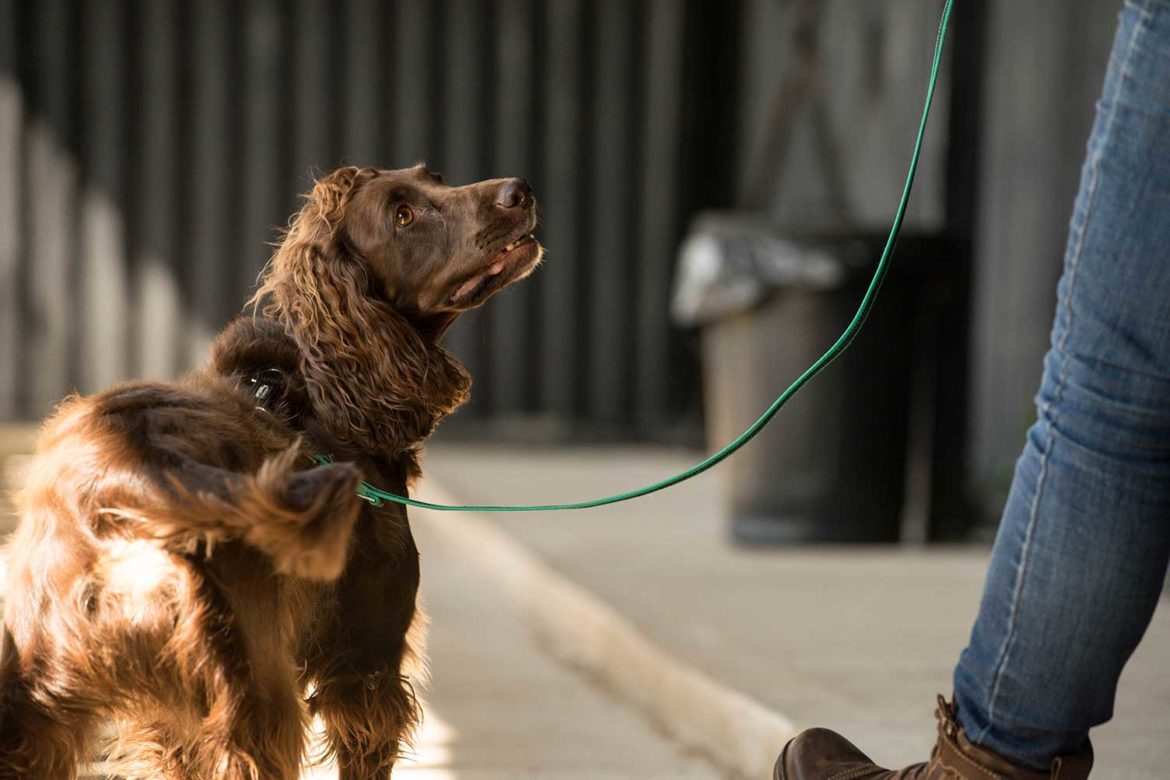“Can you help? I am having problems taking my 14week old puppy for a walk. He goes so far then stops”.
This is such a common question that i thought i would do a post about it.
Firstly let me tell you, that having a pup that stops on a walk is completely normal. It is not unusual for pups to stop on a walk and be reluctant to move any further. Lets discuss some of the reasons why this might be.
- Fatigue – Puppy may be tired. After all young pups don’t need much physical exercise, as in actual pavement walking. A romp around the garden and some mental stimulation are usually enough to tire them out. I am not saying don’t take your pups out. After all they need to get and about for appropriate socialisation and appropriate exposure to the world around them, seeing different sights, hearing different sounds, smelling different smells. So they do need to go out, but they don’t need to walk very far. It’s quality over quantity at this age.
- Pain – Do check your pup isnt in pain in elbows, knees, neck etc. Maybe the harness rubs or is uncomfortable. The collar is too tight or too loose. He has a prickle in his paw or a sore pad. Or he has pain in his hips, legs or back. Sometimes it might be growing pains, so never over look the fact that it could be pain and get this checked off your list first.
- Not feeling well – if your pup isnt feeling very well he wont want to go for a walk. Intestinal parasite or tummy troubles will be uncomfortable for pup so do check for things like Giardia and Campylobacter as these are more common that people realise.
Not used to the lead/harness/collar – If your pup hasn’t worn the collar much in the house, has not had a harness on before and isnt used to the lead being attached to either then he isn’t going to want to walk in them. It would be like us trying to go for a walk in high heels if we were only used to wearing flats. It is important you get your pup used to the collar in the house and you can easily do this by putting it on just before every meal time. Pup eats breakfast, lunch and evening meal with collar on for a few days. Take it off after eating. Then gradually leave it on for longer periods after he has finished eating. Put collar on before a play session. Take it off after play session. Then as pup gets used to it leave it on longer. You are pairing the collar with good stuff, food, play, attention and eventually pup will no longer pay attention to the collar. Now attach a very light lead to the collar and let pup pull it around behind him. I like to use the Clix house line as they are extremely light and don’t have a handle so less likely to get tangled in furniture. You must only put the house line on under supervision! Don’t hold the lead at this stage as you want puppy to get used to the sensation of just the lead. Once puppy used to this then you can pick the house line up and walk around the house/garden, encouraging pup to follow you. Do not be tempted to tug, pull or drag. Lots of encouragement and praise when pup is walking/following. If pup wants to sit for a moment, then just stop and wait, then encourage to move again when pup is ready. Don’t be tempted to try and bribe with food as clever pups will soon learn ‘oh, if i stop and sit, then mum/dad will get the sweets out’. But what you could do to encourage moving with the lead attached is to go out into the garden first, scatter pups breakfast around your lawn, then go back in and get puppy on house line and bring out into the garden and let pup hoover up breakfast, while you hold the lead. So pup is getting used to the feeling of the lead being held. Your aim should always be to keep a smile in the lead by keeping the lead nice and loose. If you are going to walk your puppy in a harness the next thing to do is get pup used to the harness. I had a puppy attend one of my classes that initially we thought was over-whelmed by being in a class as she just wanted to lay down and not move. It turned out that it was actually the harness as her owner hadn’t put it on before. As soon as we took the harness off she was like a different dog. - ill fitting collar/harness – makes sure your collar or harness is fitted correctly. if it is too tight or too loose or rubbing at a certain point then your pup will not want to move. Another thing to consider is the size of the clip or buckle on your collar/harness/lead. A lot of times, they are just too big for pups and so it is no wonder they are reluctant to move if they have a big collar with a big buckle and a big clip around their neck. All that weight around their neck cannot be very nice. So be aware of this when purchasing your collars/leads. I know often new puppy parents will buy a collar for pup to grow into, but it is likely to be too heavy. I have sometimes started my pups off in a cat collar at home, (not for walking in), so they get used to something around their neck without it being too heavy. This is another reason why i like to use the CLIX house lines to introduce the lead as the clips are not too big. When I start to use a lead I buy mine from Houndagrips https://www.houndagrips.com/ as they have nice light clips on them. I cannot recommend these leads enough, they are light, nice to hold, come in several collars and are a nice length. We will talk more about lead length in a bit.
- Over-stimulated/Over-whelmed – If you are walking your pup along a busy road with lots of traffic thundering by, or walking through a town with lots of people, or at a busy park where there are lots of off lead adult dogs running around, then its highly likely your pup could be feeling over-whelmed or over-stimulated. If you have to walk along a busy main road to get to the park, then consider driving to the park for a few weeks and in the mean time, slowly introduce your pup to the sights and sounds of traffic from a bigger distance and with lots of positive reinforcement. If it is not possible to drive to the park then perhaps you could carry puppy until you have done some desensitistion to traffic. Try to find quieter roads to walk your pup. A road with grassy verges and lamp-posts so pup has plenty of smells with the odd car going by would be the ideal to gradually expose your pup to the sights and sounds of traffic. One of the things i like to do when i get a new pup, even before he is fully vaccinated and able to go on the floor, is to drive to the nearest town and carry my puppy around time so he gets to hear different sounds, see different things and smell different smells. (Yes they can still smell things from the safety of your arms). I then usually sit on one of the benches in the pedestrian area and we watch the world go by. Puppy gets to see people of all ages, school kids, babys in push chairs, toddlers, mums, grandparents, young people, old people, people wearing hats, carrying umbrellas, people walking fast/in a rush, people walking slow, with walking sticks, mobility scooters, pidgeons, dogs, buskers, all from the safety of my arms. I do this every week until puppy is fully vaccinated by which time we can walk through town with puppy on ground and pup is not fazed by any of the sights or sounds. (I will also have introduced the lead at home, starting with the CLIX house line).
- Fear/Anxiety – If your pup has led a sheltered life and not been exposed to much more than a kennel or a house with a quiet garden then your pup may be fearful of the sight and sound of cars/people/the world. A really good breeder will ideally have taken your pup out and about in the last couple of weeks they have had the litter so the pups have been introduced to different things but if the breeder hasnt done this and the litter only saw their kennel and a field or the breeders house and garden (especially if they live on a quiet road) the pup may well find outside life just too frightening. So it is important you introduce things slowly, from an appropriate distance and be patient. If you have a pup that you think is fearful then i recommend enlisting the help of a trainer so you get the first few weeks right.
- The weather! – Most pups don’t like going out in the rain, or if its too hot or too cold. If it’s raining most pups dont even want to go out into the garden to pee and who can blame them. My advice is to take an umbrella as if pup isnt getting wet from above he may be more inclined to go pee-pee, but if the grass is long and wet and touching his tummy he still might not want to go, so if you have a winter puppy you could try astro-turf in one part of your garden or how about a temporary gazebo in one corner so pup has a dry area to toilet in. Get pup used to wearing a waterproof coat for walks and take an umbrella. Don’t walk your pup in the midday sun, go early or late. Be very aware that tarmac and concrete gets hot very quickly. Stand on the tarmac in bare feet for a minute. If its not too hot then your ok to go for a walk, but if you cannot keep your foot there then you cannot expect your pup to walk on the hot tarmac as he will end up with burned sore pads. This applies for adult dogs too. Too many people walk their dogs when the ground is too hot for their pads.
So we have discussed some of the reasons why your pup might be stopping on a walk. But it is also worth remembering that, as i mentioned at the start, this is something that pups often do, but it only lasts a few weeks and before long you will have a dog that is dragging you down the street!
Obviously take into consideration all of the above, so you have made sure your pup isnt in pain, is fine on a lead, isnt tired etc but lets talk about what else we can do
- Be Patient! Remember this behaviour is perfectly normal. Your pup is not being stubborn.
- Get pup used to the lead and collar as explained above, pairing the lead and collar with good stuff like food/play/sniffing.
- Use a longer lead. If the lead is too short it can be too restrictive. A lead of around 2.2metres is ideal.
- Do shorter walks
- Change to a different time of day, when it is less busy or when pup has more energy
- Reward your pup when he is on the move and walking, as opposed to getting the food out when pup has stopped.
- Let your pup amble along slowly, sniffing everything he wishes too (as long as its safe obviously).
- Don’t over-whelm pup
- Don’t get stressed
- Don’t drag or give sideways tugs. You may injure pups neck but also you will create a negative, unhappy association and could make the situation worse.
- Be patient, allow extra time for your walk and remember this is completely normal.
- Use these moments of calm, as calmness is a useful skill to have.
Having a pup that stops can be frustrating but be patient. Often there isnt a reason for pup to stop, apart from he just wants to watch the world go by. Much like my 16mth old grandson, who is learning about the world around him and having new experiences on every walk we go on. A short walk that would only take me about 20minutes can easily take an hour when i take my grandson. We do alot of stopping and looking, alot of doing nothing, just standing, alot of pointing and staring, touching flowers or picking up sticks, investigating and more standing still doing nothing. I just go with the flow and allow more time for our walks. If I havent got time, I don’t aim to go so far. Quality over quantity. Most of all, make the most of having a calm puppy that isnt pulling on the lead as it won’t be long before your pup is too keen and then you will need to book a lesson because your pup is pulling on the lead!





